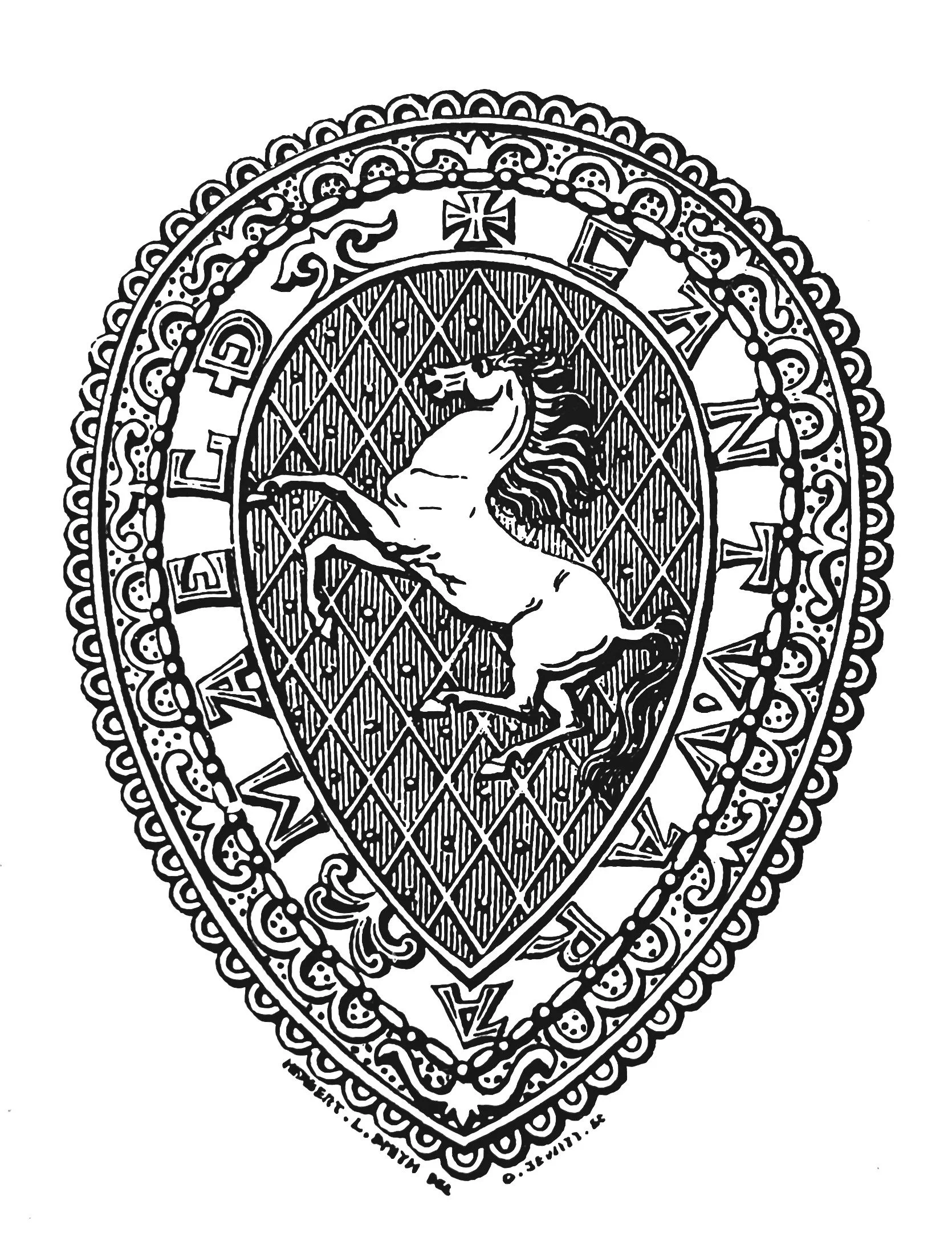
KAS Newsletter, Issue 48, Winter 2000/2001
Roman invasion's impact on Kent and Sussex and debates, archaeological evidence, and history.
Contributions to the next issue are welcome. See the guidance for contributors and contact Editor Craig Campbell.
Search page
Search within this page here, search the collection page or search the website.
Previous
Previous
Letters
Next
Next


